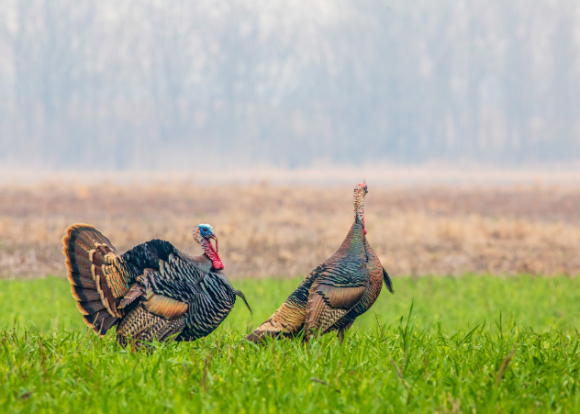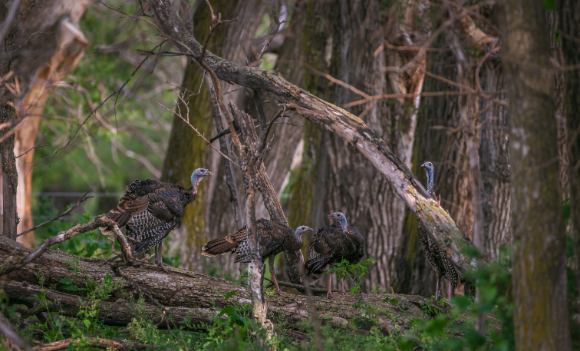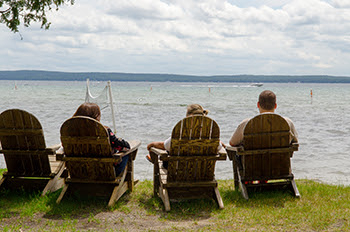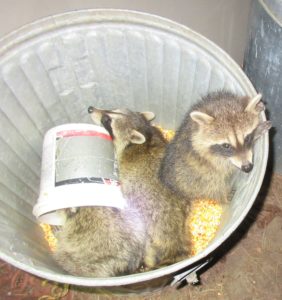Gardening for Late Summer Birds



Our gardens and landscaping add color and a wealth of natural elements to our yards, and these areas attract birds that infuse action, color, songs, and behavior into our yards. As another change in seasons approaches, it’s an opportunity make a few easily improvements for local and migrant songbirds and hummingbirds that will be the first wave of fall migration. With a little thought, planning, and effort, you can attract and benefit birds on their way south, including species you haven’t seen before in your yard.
At this time our gardening activities can also benefit recent fledglings as they disperse, along with dispersing yearlings, adults, and family groups. Some migrants are already making their way south, and many more will follow. Bird populations are at an annual high now after the nesting season, so if we can increase the resources they find in our yards, we can improve the potential for survival among birds during this important time of the year.
First of all, consider the way you provide water. A dependable fresh water source will draw birds like a magnet while providing all important drinking and bathing water. One or more bird baths will do, as simple or as ornate as you please. Some people like to have one as part of their feeding station, plus one in a garden area or as a centerpiece in their backyard or front. The motion and sound of the dripping water is irresistible to many birds too, and it helps birds locate a water source, bringing birds to your yard that might otherwise pass by. And a mister will attract some enjoyable hummingbird action as they fly through the mist. Read more








